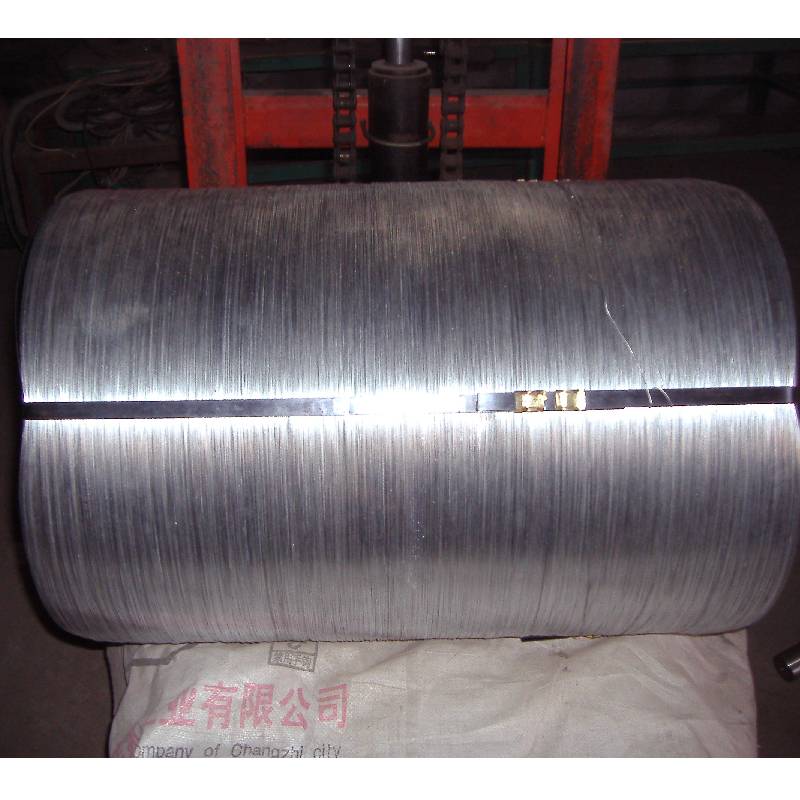
- Mobile Phone
- +8613931874955
- sales@cntcmetal.com
Horizontal Reinforcement Solutions for Brick Walls to Enhance Stability and Durability
Brick Horizontal Joint Reinforcement Key to Structural Integrity
Brick construction has been a fundamental part of architecture for centuries. The durability and aesthetic appeal of brick structures make them a popular choice for various buildings. However, to ensure the long-term integrity and strength of brick walls, especially those bearing significant loads or subjected to lateral forces, the incorporation of horizontal joint reinforcement is essential. This article explores the significance of brick horizontal joint reinforcement, its components, installation techniques, and the benefits it offers.
Understanding Horizontal Joint Reinforcement
Horizontal joint reinforcement refers to steel reinforcements placed within the mortar joints of brick walls. These reinforcements are designed to enhance the tensile strength of the masonry and provide additional structural support. Typically, the reinforcement consists of thin steel rods or strips that are laid horizontally in the mortar joints between the bricks. By distributing loads more evenly and preventing cracking, horizontal joint reinforcement significantly contributes to the overall stability of brick structures.
The Importance of Reinforcement
There are several reasons why horizontal joint reinforcement is crucial in brick construction
1. Load Distribution Brick walls, especially those subjected to vertical loads, need to distribute these forces properly. Horizontal reinforcements help to equally spread the weight, preventing localized stress that could lead to cracks and structural failure.
2. Lateral Stability In areas prone to seismic activity or high winds, brick walls can undergo lateral forces that threaten their integrity. The addition of horizontal joint reinforcement fortifies the wall, making it more resilient against such forces.
3. Crack Prevention Over time, brick walls can develop cracks due to settling, temperature changes, or moisture absorption. Reinforcement effectively reduces the risk of cracking by providing additional support, thereby enhancing the longevity of the structure.
brick horizontal joint reinforcement

4. Improved Connection Reinforced horizontal joints improve the bonding between individual bricks, creating a more unified and robust wall system. This can be particularly beneficial in expansive structures where movement may occur.
Installation Techniques
The installation of horizontal joint reinforcement involves careful planning and execution to ensure its effectiveness. Here’s a brief overview of the typical installation process
1. Design Assessment Before incorporating reinforcement, engineers must assess the wall design and specific loading requirements. This helps to determine the type and spacing of the reinforcement needed.
2. Material Selection Steel reinforcement strips or rods are commonly used, with options such as stainless steel for enhanced durability. Selecting the right material is key based on environmental conditions and structural demands.
3. Placement During Construction Horizontal joint reinforcement is ideally placed in a staggered fashion within the mortar joints. This should be done after the first few courses of bricks are laid but before the mortars fully cure. It is crucial to follow the manufacturer's specifications and local building codes during this stage.
4. Quality Assurance Regular inspections during the installation process ensure that the reinforcement is placed accurately and securely. This also helps to exclude any potential issues that may arise later in the construction phase.
Conclusion
Brick horizontal joint reinforcement is an indispensable aspect of modern brick construction. By significantly enhancing the load-bearing capacity and overall stability of brick walls, it plays a crucial role in preventing structural failures over time. Engineers, architects, and builders must recognize the value of incorporating such reinforcements in their designs to ensure long-lasting, safe, and resilient brick structures. As building codes evolve and the demands on structures increase, the importance of horizontal joint reinforcement will continue to grow, establishing it as a standard practice in masonry construction. By investing in adequate reinforcement, we not only uphold the functionality of a building but also ensure the safety and security of its occupants for years to come.
share:
-
Why Sacrificial Formwork Is Redefining Underground ConstructionNewsJun.06,2025
-
The Structural Dynamics of Modern Concrete: How Snake Spacers Revolutionize Flexible ReinforcementNewsJun.06,2025
-
Snake Spacers Smart-Lock Concrete Reinforcement with Surgical PrecisionNewsJun.06,2025
-
Snake Spacers: Reinforcement Precision for Modern Concrete ProjectsNewsJun.06,2025
-
Snake Spacers Powering Concrete's Structural DNANewsJun.06,2025
-
Slither into Success: Snake Spacers' Precision Bite for Unbreakable ReinforcementNewsJun.06,2025
-
Sacrificial Formwork: Building Stronger, Faster, and Safer StructuresNewsJun.06,2025



















